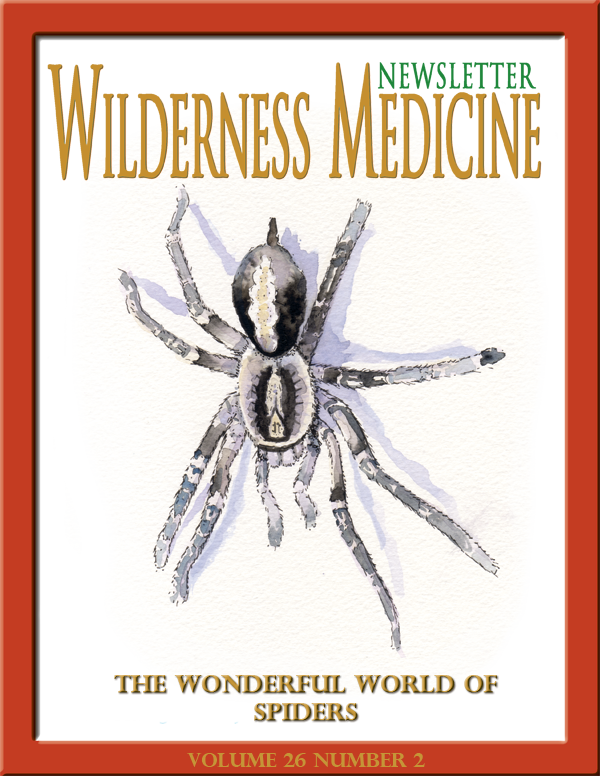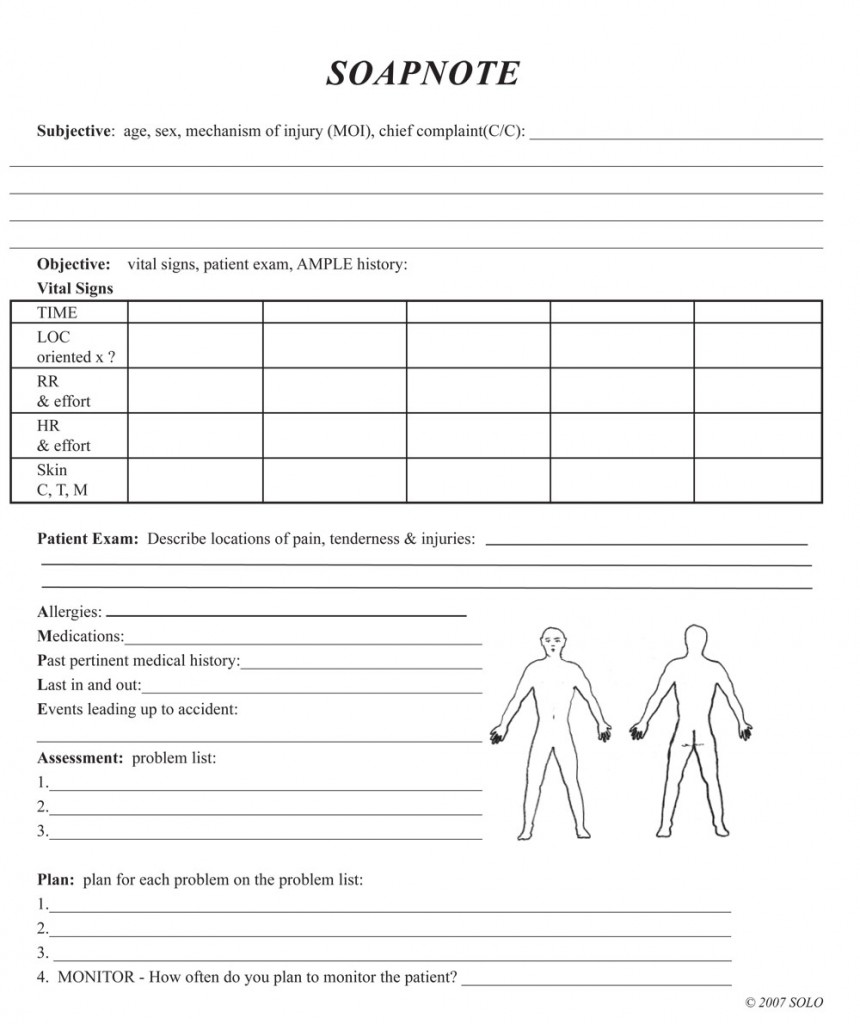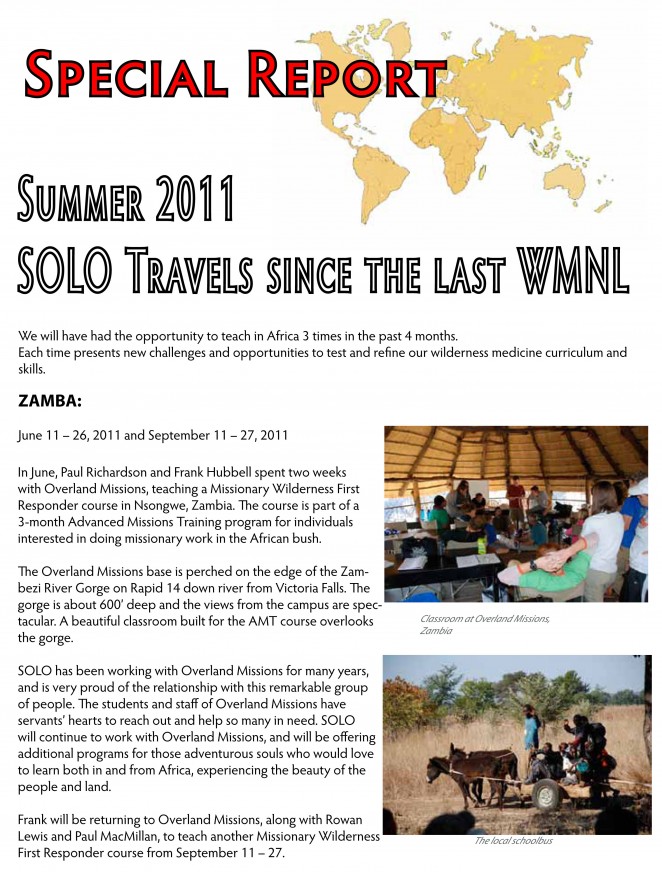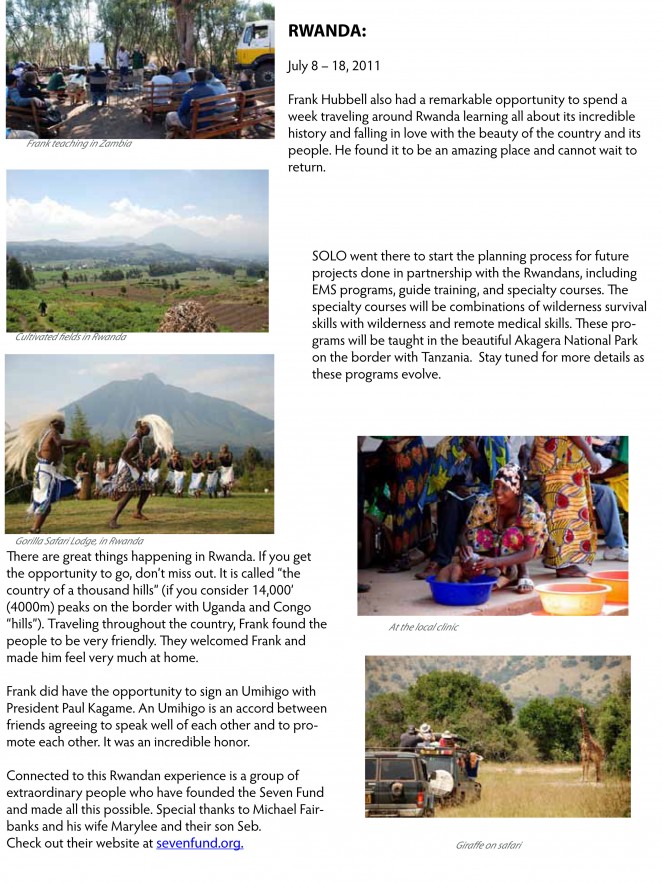THE WONDERFUL WORLD OF SPIDERS

ISSN 1059-6518
THE WONDERFUL WORLD OF SPIDERS
By Frank Hubbell, DO
Illustrations by T.B.R. Walsh
It is said that there are so many spiders in the world that you are never more that 10 feet away from one. With over 50,000 species of spiders this is probably true. However, there only a few that can harm humans. Even though there are only a few that are dangerous to humans, most people still have a disproportionate fear of itsy, bitsy, spiders.
Taxonomic rank of spiders:
Kingdom – Animalia
Phylum – Arthopoda
Subphylum – Chelicerata
Class – Arachnida
Order – Araneae
Family – there are 109 families of spiders
Species – there are 50,000 species of spiders
Note that spiders are members of the phylum Arthopoda, in the class Arachnida not Insecta. SPIDERS ARE NOT INSECTS.
There are 11 orders of the class Arachnida:
Listed below are the orders of spiders with examples of each order:
Acari – ticks and mites
Amblypygi – whip scorpions
Araneae – spiders
Opiliones – harvestmen or daddy longlegs
Palpigradi – tiny whip scorpions
Pseudoscorpions – tiny spiders with scorpion like with pincers
Ricinulei – hooded tickspiders
Schizomida – small spiders that live in the upper layers of soil
Scorpions – scorpions
Solifugae – camel, wind, or sun spiders
Thelyphonida – vinegarrons or large whip scorpions
This article will focus primarily on the order Araneae, spiders, and, in particular, the ones that are considered dangerous to humans.





